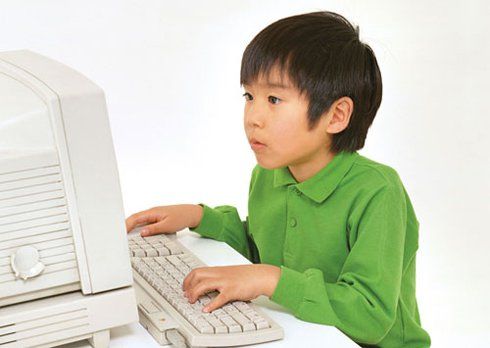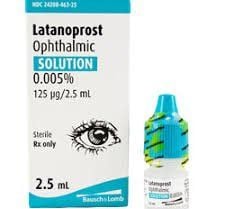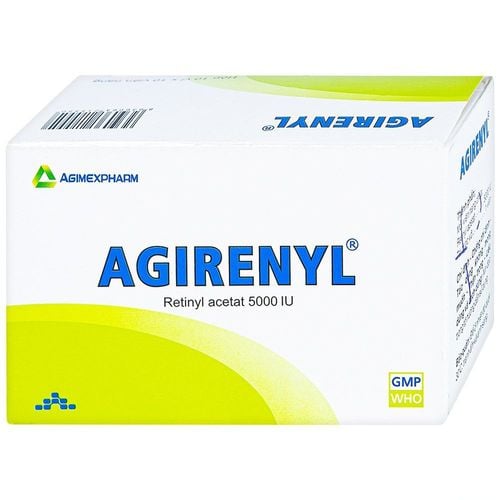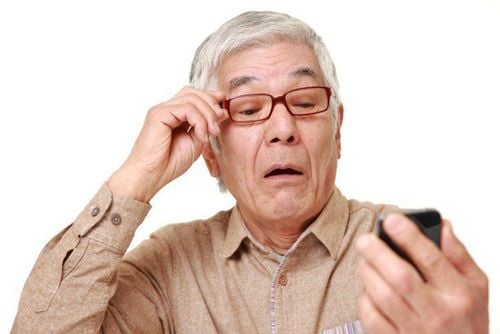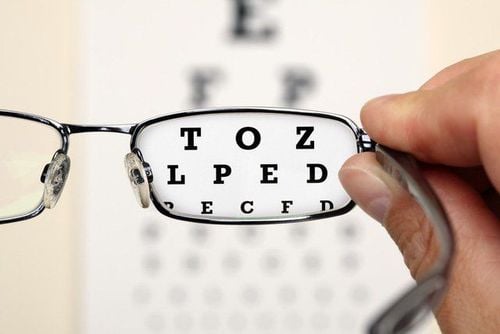This is an automatically translated article.
The article was written by MSc Dang Xuan Nguyen - Head of Eye Unit - Vinmec International General HospitalFor a long time, refractive errors in general, especially myopia in school-age children in particular, have been studied by many domestic and foreign authors in many aspects. Especially in recent years, the modern lifestyle with increasingly popular use of electronic media and high intensity of study has increased the incidence of refractive errors in school age.
The World Health Organization (WHO) and the International Organization for the Prevention of Blindness (IAPB) have determined that uncorrected refractive error has been and is a significant cause of blindness and the leading cause of blindness. Mainly causes visual impairment. In 2006, WHO estimated that about 2.3 billion people worldwide have refractive errors, of which 153 million people have vision loss or blindness due to refractive errors without glasses.
Like many other countries in the world, in recent years, the percentage of students with refractive errors, especially nearsightedness, is increasing. Over the past decade, many epidemiological investigations conducted throughout the country have shown that the percentage of pupils with refractive errors is particularly high in big cities, ranging from 18% to 38, 8%.
1. What is nearsightedness Normally, the image of things passes through the optical system of the eye and is properly focused on the retina, helping the eye to see the scene clearly. Due to the abnormality of the refractive system, the image of the object is not focused on the retina but is focused in front of the retina, leading to blurred vision.
Regarding the pathogenesis, myopia is divided into 2 types: refractive myopia and axial myopia.
Refractive myopia Occurs due to the refractive force of the eye is too great, (due to the refractive force of the cornea or crystalline lens) while the axial length of the eyeball is normal. This type is common in school myopia. When the eye has to look closely with great intensity and for a long time, the crystalline lens is inflated, increasing the focus of the eye. At this time, if you want to see clearly, you have to bring the image of the object close to your eyes. Things are far away, the eye can't see clearly at different levels depending on the degree of myopia.
School myopia appears at school age, the earlier it appears, the faster and more severe the progression is likely to be. Pure school myopia rarely exceeds 6 diopters and is usually not associated with retinal thinning and other fundus risks.
Axis myopia Occurs because the eyeball axis is too long, while the refractive force of the eye is normal. The long axis of the eyeball is caused by the thinning of the wall of the eyeball. This type of myopia often runs in families and often occurs very early in the child's childhood, not yet in school.
Myopia progresses very quickly, causing a lot of vision loss, difficult to correct with glasses, other functions such as visual field are also damaged, disturbances in color sensation, spatial positioning, light adaptation dark ... and at the same time makes the retina thin, easily leading to the risk of choroidal degeneration, retinal tear, even causing retinal detachment leading to blindness. In myopic eyes, the pathology also includes glaucoma, which is difficult to detect because the eye pressure is usually not high.
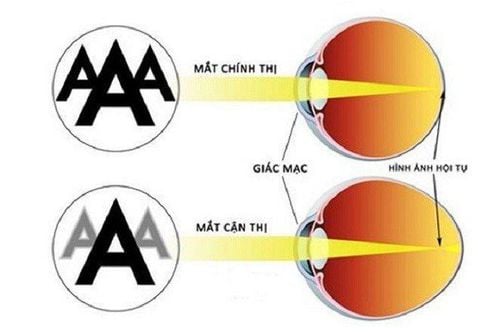
Do sự bất thường của hệ thống khúc xạ, hình ảnh của vật không được hội tụ nằm trên võng mạc mà bị hội tụ nằm trước võng mạc dẫn đến nhìn mờ
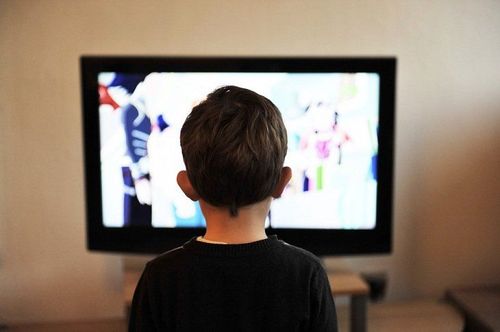
Nhìn vật gì cũng phải đưa sát vào mắt mới nhìn rõ: cúi sát mắt vào sách vở, đứng sát vào khi xem ti vi
New examination procedure for a nearsighted child Inquiring about the time and degree of myopia symptoms Test vision without glasses and vision through a hole glass to determine whether there is a refractive error or not Pupiloscopy (Skiascopy) and Subjective Refraction with Spectroscopy Administering corrective medication and re-measuring objective refraction (Skiascopy) Examine the correlation between objective refraction after administration of corrective medication and results of prior visual acuity test when investigating the regulator. If appropriate, the doctor will issue a prescription for the patient. If there is a mismatch, the doctor will make an appointment for the next time the patient comes to have the glasses tested, when the effect of the accommodation paralysis medication is over. This procedure minimizes the time it takes to fully perform a refractive exam to give the most accurate results.

Quy trình khám mới một trẻ cận thị
Children with myopia need to wear myopic glasses with the correct number. Wearing glasses helps children get the best vision, helps develop binocular vision fully, and helps children integrate into their dynamic and colorful world. It should be understood that 80% of life's information comes from the visual function. Wearing glasses helps eyes see far clearly, see near at a normal distance, gradually reduce the habit of looking closely at books, thereby limiting the speed of increasing the number of eyes. Wearing glasses regularly is best, especially when studying, watching TV. Glasses need to be installed with the correct technique, suitable for the size of the face, know how to preserve to avoid scratching the glasses. Visual hygiene mode: It is necessary to arrange reasonable time between studying, reading books and outdoor activities. It is necessary to practice the habit of looking away, practice looking away for 15-30 minutes/day. Playtime should be played in an open space. Study for 40-45 minutes, so give your eyes a 5-10 minute break. Regularly massage around the eyes to relax and regulate the eyes.
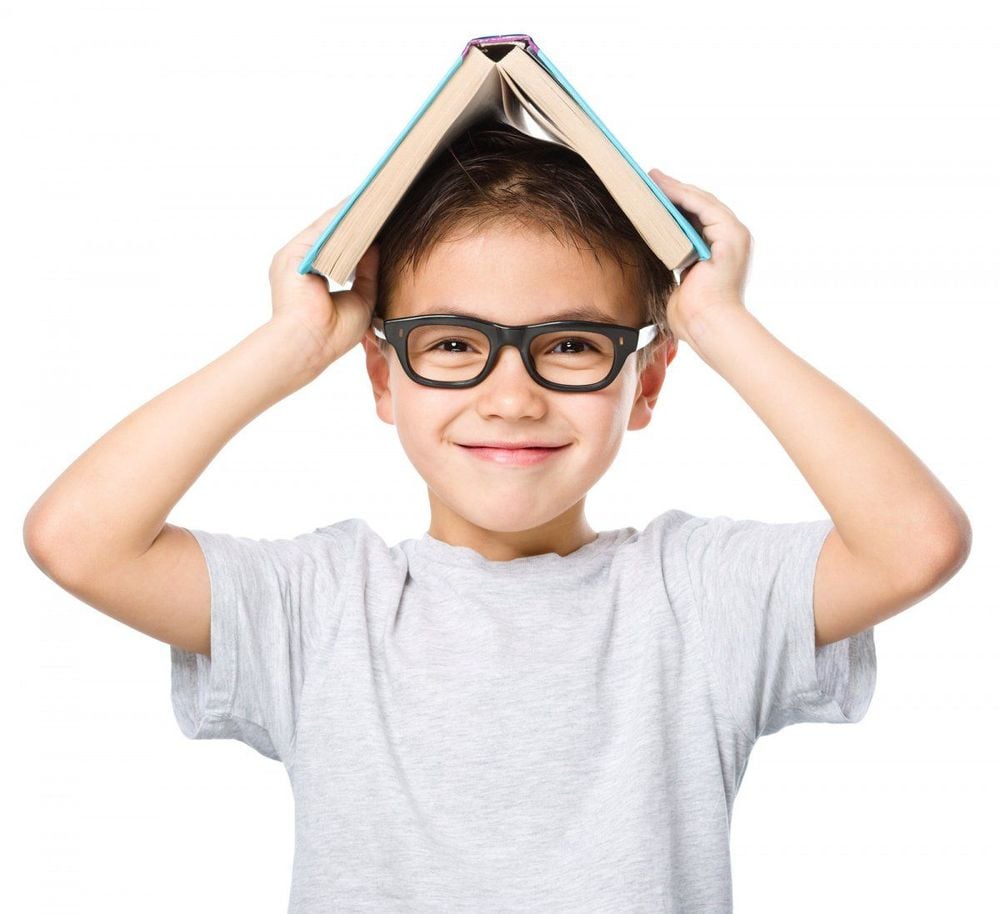
Việc đeo kính giúp trẻ có được thị lực tốt nhất, giúp phát triển thị giác hai mắt một cách hoàn thiện
Eat enough nutrients, especially dark green or red vegetables. Eat enough meat, fish, eggs, milk. It is possible to take eye tonics or functional foods to enhance the function and prevent degeneration of the components of the eye.




